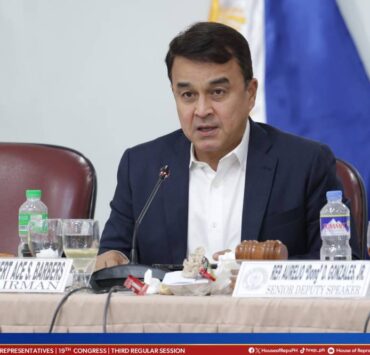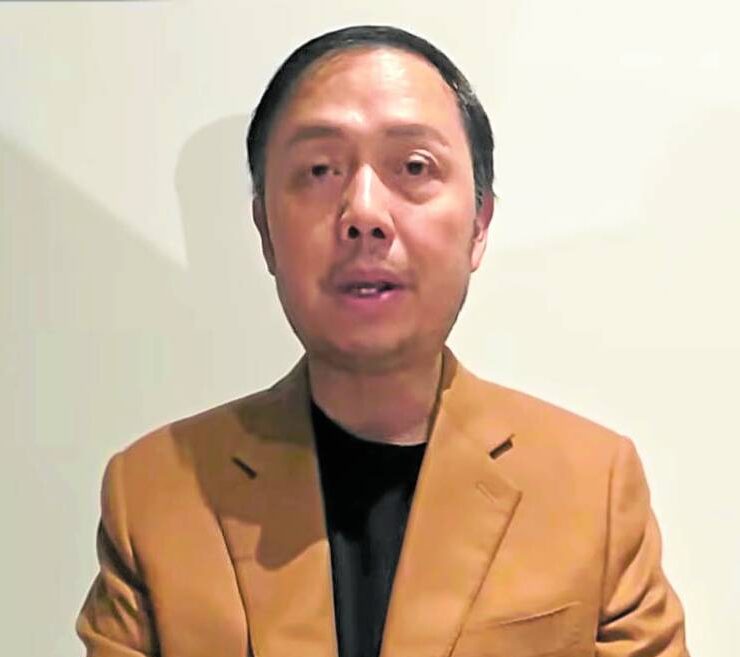Advocates to UNAIDS: PH needs help as HIV cases surge

Civil society organizations have raised the alarm over the looming downsizing in the workforce of the local office of the Joint United Nations Programme on HIV and AIDS (UNAIDS), the UN agency leading in the fight against human immunodeficiency virus (HIV) and acquired immunodeficiency syndrome (AIDS) pandemic.
The advocates said the UNAIDS layoff of its personnel would come at the worst timing as the country faces its fastest surge of new HIV cases, especially among Filipino youth.
According to Mara Quesada, executive director of nonprofit Action for Health Initiatives Inc., UNAIDS plans to transition its country office to a “one-staff office in the coming months.”
A petition dated June 9 is being circulated, urging the UNAIDS to reconsider its decision to downsize its country office in the Philippines.
“The UCO (UNAIDS country office) has played a vital role in guiding the national HIV response through its technical expertise, support for civil society, and commitment to rights-based, community-led approaches. Its continued presence is crucial as the country faces a growing HIV epidemic and significant funding gaps,” the petition said.
“We cannot lose any more allies. Keep the UNAIDS country office in the Philippines fully functional,” it added.
According to the petitioners, the Philippines is at a “critical stage” when the government and civil society organizations need the technical expertise and guidance that “only the UCO has been able to provide.”
“Even without the level of funding support that UCO used to be able to provide to the government and civil society and community organizations, the unique perspective of the UCO, which combines HIV science, health financing, civil society engagement and community systems strengthening is invaluable to addressing the HIV situation in the Philippines,” they said.
Established in 1994 and started operations in 1996, the UNAIDS was created mainly to address the shortcoming in global HIV policy by another UN agency, the World Health Organization.
Drastic cut
In May, the UNAIDS announced it would drastically cut its workforce as a result of funding cuts from its longtime donors, particularly the United States government.
Its worldwide staff would be reduced from the current 600 to about 280 to 300, and would only maintain its presence in 36 countries.
The US government, under the second Trump administration, has sharply reduced or paused international funding and support for many UN-related organizations.
According to UNAIDS, the US government contributed more than 40 percent to its core program and noncore activities totaling to about $214 million in 2023.
In March, UNAIDS executive director Winnie Byanyima warned that unless financial support for its HIV programs are restored, more than 6 million people worldwide could die in the next four years, and 2,000 people per day could become infected with HIV around the world.
In the Philippines, the Department of Health (DOH) raised the alarm after it recorded a 500-percent surge among new HIV cases from 2010.
As of March, at least 57 Filipinos are diagnosed with HIV per day, registering the fastest growing HIV epidemic in the Asia-Pacific region. Worse, one-third of people living with HIV (PLHIV) in the country are young, aged 15 to 24.
The country is also behind in achieving the “95-95-95” UNAIDS targets with only 55 percent of estimated PLHIV diagnosed, 66 percent of diagnosed PLHIV are on antiretroviral therapy (ART), and only 40 percent of those under ART are virally suppressed, way below the 95-percent target for each parameter.
Health Secretary Teodoro Herbosa earlier urged President Marcos to declare HIV a national public health emergency, which will prompt other government agencies and the private sector to help in addressing the epidemic.
Dr. Louie Ocampo, UNAIDS country director for the Philippines, said the move was long overdue and could help unify efforts across agencies and local government units.
The DOH recorded a total of 148,831 reported HIV cases in the country from January 1984 to March 2025. By the end of December 2025, this figure is projected to increase by 76 percent, with the number of PLHIVs in the country estimated to reach 252,800.
Herbosa, however, warned this could breach 500 cases by the end of 2030 should there be no improvement in the services for HIV/AIDS prevention in general and PLHIV support in particular.





















